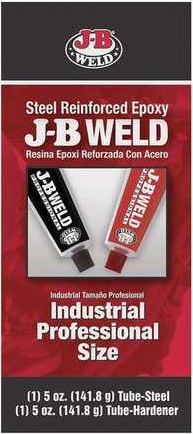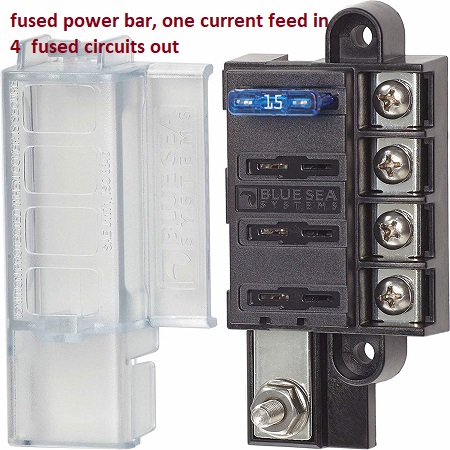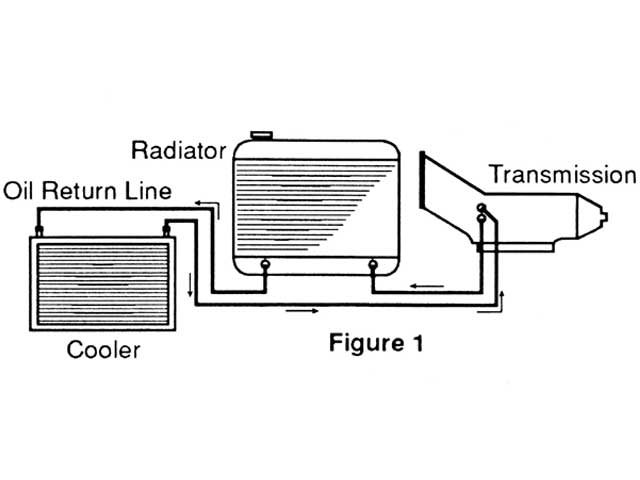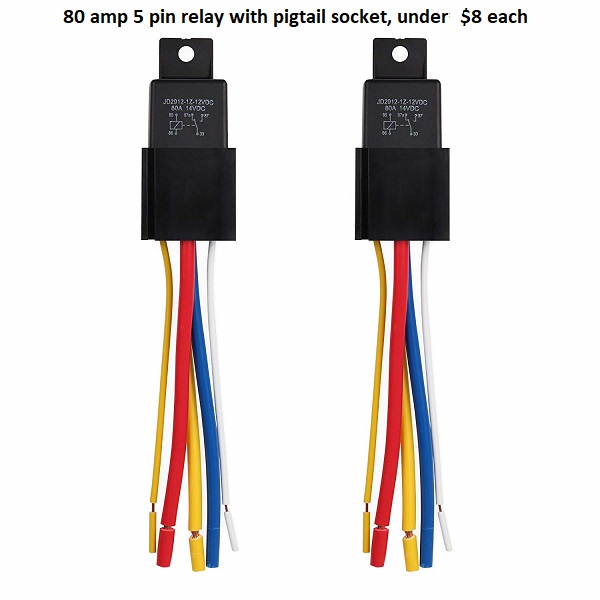First thing I did was level the Navigator when I put it on the safety stands .....front to back and
side to side. This will help when it comes time to set the fluid level.



That BIG blue tote under the Navigator was a big help keeping the mess to a minimum. It cover
the trans, front to back and side to side while the pan was being removed and fluid was coming
from everywhere.
Before pulling the pan I marked places for the temp sensor and drain plug. I even thought about
an alternate sensor location just encase the first one didn't work out. Days before I identified the
the OEM cooler return line so I would know where to make my cuts. BTW, the Navigator has a
separate cooler for the transmission, it does not go thru the radiator. On the downside, there are
3 heat exchangers in the front. They line up like this ........ trans cooler, A/C condenser and then
the radiator, starting at the front.

First thing after I got the pan on the bench was to check for debris/clutch material in the
bottom. I wiped the pan in the middle and got almost nothing.

Next was the two magnets, there was definitely more junk there.

Drilling the pan trying to make sure the surrounding surface was flat. Trying to do this
on the curve is much harder. I bent the pan rails down trying to get access to weld all
the way around.

OK ...... Quit staring at the hole below!!!
YES I blew a hole in the pan, but what the HELL is a welder for if you can't fix a mistake.


Finally I wanted to document the info below, before I painted the pan. I did use some masking
tape to cover it during the painting. When I check the fluid level the engine has to be running
and the fluid temp as shown below.
 This is for ORF, yes I did wet sand the pan.
This is for ORF, yes I did wet sand the pan.

.




















